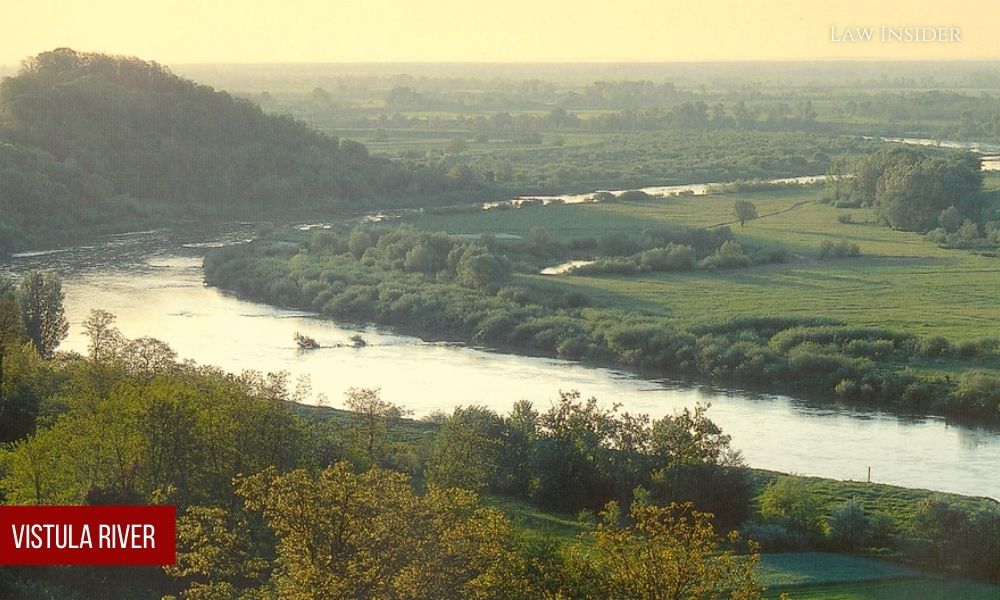Ambika Bhardwaj
Published On: December 28, 2021 at 15:59 IST
Despite repeated warnings that it could totally destroy rare wildlife habitats, the construction of a €1 billion (£850 million) dam on the Vistula River is one step closer to being approved in Poland.
The Vistula River flows more than 620 miles from the Carpathian Mountains to the Baltic Sea, crossing through major cities along the way. Polish Waters, a State-owned company, plans to create a dam over the river’s main stream at Siarzewo, north west of Warsaw, with the main goal of producing hydroelectric power as well as flood protection, flood control, and navigation.
For several years, there have been conversations about building a dam at Siarzewo. The dam plans were denied by the Polish Environment Ministry in August after an alliance of NGOs warned that they would harm one of Europe’s largest rivers, with serious repercussions for wildlife and humans.
However, after a successful Court Appeal by Polish Waters, that earlier descision was overturned in October. The dam’s “immediate execution” has been approved by the provincial Administrative Court.
The Siarzewo dam is a crucial element of the E40, a 1,240-mile international waterway connecting the Baltic and Black seas and passing through the Chernobyl exclusion zone, where dredging began last year. The waterway would cut through Polesia, a vast wilderness in eastern Europe known as Europe’s Amazon.
Campaigners and scientists have warned that the dam would have a serious influence on several EU designated wildlife sites downstream of the dam, along with the Wocawska Vistula valley, Nieszawska Vistula valley, and lower Vistula valley. These 420-square-kilometer reserves are Natura 2000 sites, which means they safeguard the continent’s rarest and most critically endangered creatures, such as the European fire-bellied toad, large copper butterfly, and European river lamprey.
According to WWF Poland’s legal analysis, constructing the dam would be a violation of the EU’s Habitats Directive and the Water Framework Directive. The European Commission stated in August that the project did not presently abide by EU Law.

